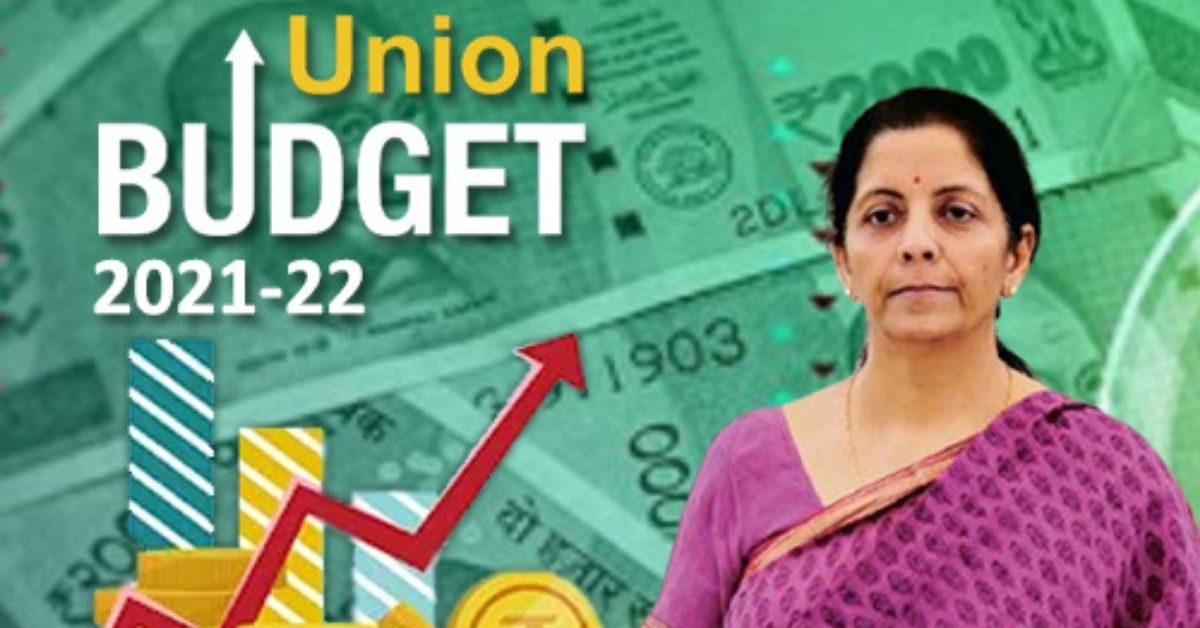Over the medium term, tariff hikes may help both Indian and multinational contract manufacturers operating here. A few brands have already invested in component-making facilities on their own but are yet to begin production. The tariff hikes would nudge them towards a start in 2021
NEW DELHI: In the Union Budget for 2021-22, the Centre announced a series of custom duty changes with twin objectives. One, create a level-playing field for domestic manufacturers and two, promote value addition in sectors such as electronics. These changes have implications for companies, government, and consumers. Mint decodes.
The government said it was overhauling India’s customs duty structure and will review over 400 exemptions in 2021-22. The Budget also raised tariffs on a range of products in categories such as solar, capital equipment, auto parts, leather, and plastics, among others. The electronics manufacturing ecosystem in India is maturing, at least when it comes to assembly operations or where products such as phones are put together largely from imported components. The government, now, is pressing the accelerator on component making. In mobile phones, duties are up in Printed Circuit Board Assembly (PCBA) and camera modules, for instance.
Did the announcements come as a surprise?
No. Every Budget, over the last past few years, has come with its own set of import substitution measures, particularly when it came to electronics manufacturing. There is a focus on Make in India, launched in 2014, of course it’s called Aatmanirbhar Bharat now. But the government also appears to be worried about tariff- and non-tariff barriers being erected by other countries. Protectionism is required against China’s dumping practices, it has been argued – a view that has gained traction after India’s border tensions with China.
Apart from de-risking from China, what’s in it for the government?
Custom hikes imply a revenue windfall for government coffers. Although the rate of hikes are low in many categories — for instance, only 2.5% for camera modules and PCBA used in mobile phones — the volumes of phones sold are substantial. Despite the pandemic, over 100 million smartphones are estimated to have been shipped in the first three quarters of 2020.
Do consumers need to pay more?
Protectionism can short-change consumers but not in segments where there are enough domestic and international brands. The standard of the product is likely to be both high and cost competitive. In any case, price increases because of the latest announcements are expected to be marginal in many consumer products. In air conditioning, for instance, the estimated impact of custom duty increases on compressors is 0.5% on the overall bill of materials (BOM). Similarly, PCBAs constitute 40% of the BOM in a phone. A 2.5% customs hike translates to very little.
Which companies benefit because of customs hikes?
Over the medium term, tariff hikes may help both Indian and multinational contract manufacturers operating here. A few brands have already invested in component-making facilities on their own but are yet to begin production. The tariff hikes would nudge them towards a start in 2021. The signalling around import substitution, meanwhile, imply that brands have to re-think their supply-chains, de-linking as much as possible from China. Companies that are unable to localise their supply-chains may become uncompetitive over a period of time.
Source : Live Mint






